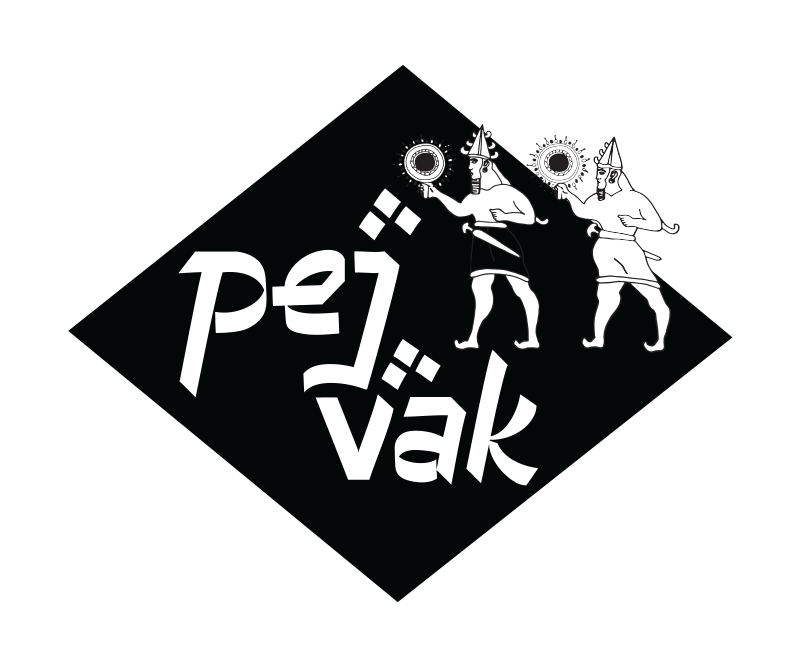Tides of Sand and Steel
Collaboration with Ash Moniz
Si Shang Art Museum
Beijing, China
March 19-June 20, 2017
Reviews: Art Forum
Tides of Sand and Steel was developed during site visits in and around front-line communities impacted by desertification in China's interior, specifically in Hongsibu, Ningxia province and Shacheng, Hebei province. Throughout the research process the artists investigated state and non-state initiatives in ecology remediation and extractive economies in the arid region. This exhibition operates at the intersection of human geography and storytelling, unpacking the narrativization of disaster ecologies and the historicization of resilience through environmental management.
With a criticality towards the role of journalistic, museological, and scientific practices, this exhibition follows a self-reflective research methodology and engages with the infrastructure and logistics of environmental remediation, and the reification of anti-desertification programs. Composed of large-scale video installations, critical reconstructions, displays, and affective engagements, Tides of Sand and Steel intersects a rigorous material engagement with an articulation of sublime encounter with moving landscapes.
Land Also Moves, 03:16, 2017
This performance revolves around a commissioned mural on a derelict water pumping station adjacent to tree plantations near the 6th ring road. The mural depicts bulldozers flattening sand dunes in preparation for the laying of new urban grids. The planted tree rows in the foreground and background function as a theatrical stage that situate the “actors” that pass along the road behind the building. The signifiers that are mobilized as actors for this stage are all directly referencing the material resources that contributed to the creation of structures and infrastructures of Hongsibu in the early 2000's.
These symbols include structural elements that are emblems of development in the area, such as solar panels, concrete water tubing, and resettlement houses. The corn, grapes and watermelon are also coupled with these to reference the main crops of the Hongsibu valley, which are cultivated both as a food source and as cash crops in the case of grapes for Ningxia’s booming wine industry. Lastly, a sign that reads “Museum for Wasteland Reclamation” is left beneath the mural. This illuminating sign is a prop that is simultaneously presented with the video in the gallery and helps contextualize the entire performance as a critical reading of museological impulses to historicize narratives of rapid urbanization in contrast to slow dune encroachment.




